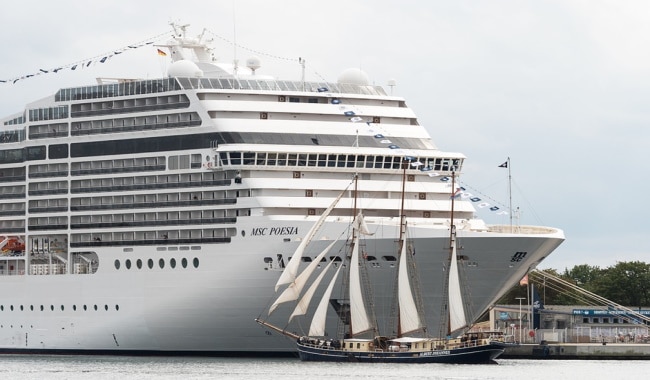Planning a journey aboard a cruise liner or a ferry? Need to find out about the container ship carrying your goods? The modern software like Vesselfinder, Shipping Explorer, etc. allows tracking ships fast and without much effort.
However, dedicated websites might be tricky to use. Some might require specific information (like ship’s IMO number), others feature complicated interface, etc.
Let’s sum up the factors making the tracking website handy.
Ship tracking website: what to look at?
- Data accuracy. Most websites use the data provided by AIS (automatic identification system). There are other systems like VMS for fishing boats or VTS that are used mostly by marine professionals providing more immediate information.
- Ship particulars. Though most of the ship’s details (like DWT, summer draft, date of the last inspection) aren’t important for regular people, their presence shows the fundamental approach to the information supplied through the website.
- Port information. Again, the maximum depth in the port or its current security level mightn’t be as important. Yet, the detailed port information helps board the ship timely or foresee the time needed to execute and deliver the cargo.
- Simple interface. Complicated controls panel might take a lot of time for the search, as well as make the tracking irrelevant.
- Search memory. It’s handy to have the record of your search that comes up once you hit the search bar.
- Compatibility. Many tracking services have mobile-friendly functionality, both for iOs and Android.
Below is the list of the websites that provide plenty of information on the ship and its route and don’t require much fiddling with settings / website interface. They also have good compatibility options.

List of handiest ship tracking websites
- Marine traffic. This service provides multiple features and ample information on the ships’ movement. You can track a vessel or a port via a special menu (with filters and quick view modes applied) or using a search bar. The live map is drawn basis the AIS data, while the more precise one (grounded on satellite information) is available in the prepaid account.
- Fleet Mon. Along with the live map and data on different types of ships, this website presents the option of GPS tracking and the satellite-based AIS tracking. These modes are available only for registered users, and for a limited time (15 minutes a day for a free account). Another advantage of this service is quick map scaling with high quality of detail.
- Vessel finder. Available without registration, this website provides a live map with a ship currently spotted and several search options (by ship’s name, flag, IMO number, key dimensions, GRT, etc.). It’s quick in loading the map and interacting with the website. A nice feature is the display of the general information about the vessel and its photo in the left part of the screen, without marring the map. Vesselfinder is available on mobile devices as regular (free of charge) and pro-option (prepaid).
- Cruisin. This website is dedicated to cruise ships and provides various up-to-date information on cruising. It shows the live map in several modes including weather and hurricane layers, information on existing cruise ships (including the current cruise route), on cruise lines. The handy feature is the ability to track two ships simultaneously via the A- and B-map option.
- Shipfinder. This service provides several instruments for map representation including measurement of distance and satellite coverage. It allows determining an area of search or control, activating the arrival alert for a specific ship or marking the ships you’d like to watch. The bad thing is the browser support that might require additional plugin installation in certain browsers.
Equasis.
This website is created as the professional maritime tool for tracking ships and improving safety in the sea and contains the whole database of the world commercial fleet. Apart from usual ship search options and information, it provides the statistics on the world fleet by ship’s class, age, flag, P&I status, and PSC inspection results.



